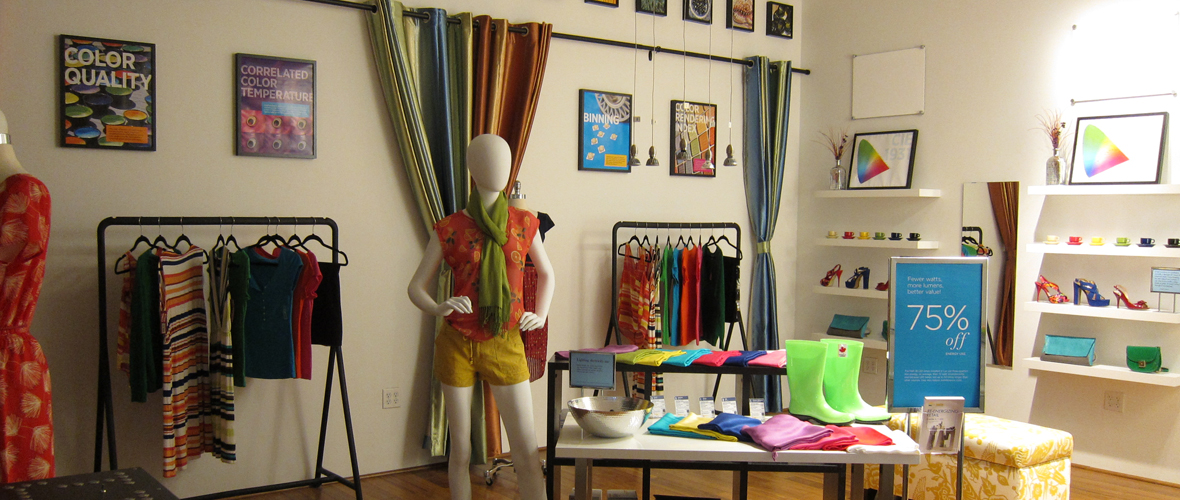
The retail sector, which represents 13 percent of California's commercial lighting electricity use, has historically not embraced the use of lighting controls. Reasons for this are many including perceived high cost, system complexity, and the potential for negative impacts on customers and sales. California building lighting energy efficiency standards for the retail sector have a higher lighting power density allowance and fewer requirements for mandatory controls in sales areas than other commercial and industrial building space types. The use of adaptive lighting systems, which automatically adjust their output and operation based on occupancy, daylight availability and other application-specific criteria, are underutilized in the retail sector, leaving a significant quantity of energy reduction potential unrealized. Retailers who design and apply an effective adaptive lighting control strategy could see a significant reduction in annual electricity costs and a rapid return on the investment.
Researchers at CLTC are investigating strategies to optimize lighting designs and lighting control systems in order to maximize energy savings, minimize cost and reduce potential for negative impacts on business. Work is ongoing; however, preliminary findings demonstrate several benefits of adaptive lighting and its ability to meet the needs of the retail sector in California.
CLTC research on this topic is published in the August 2015 issue of LD+A magazine.
